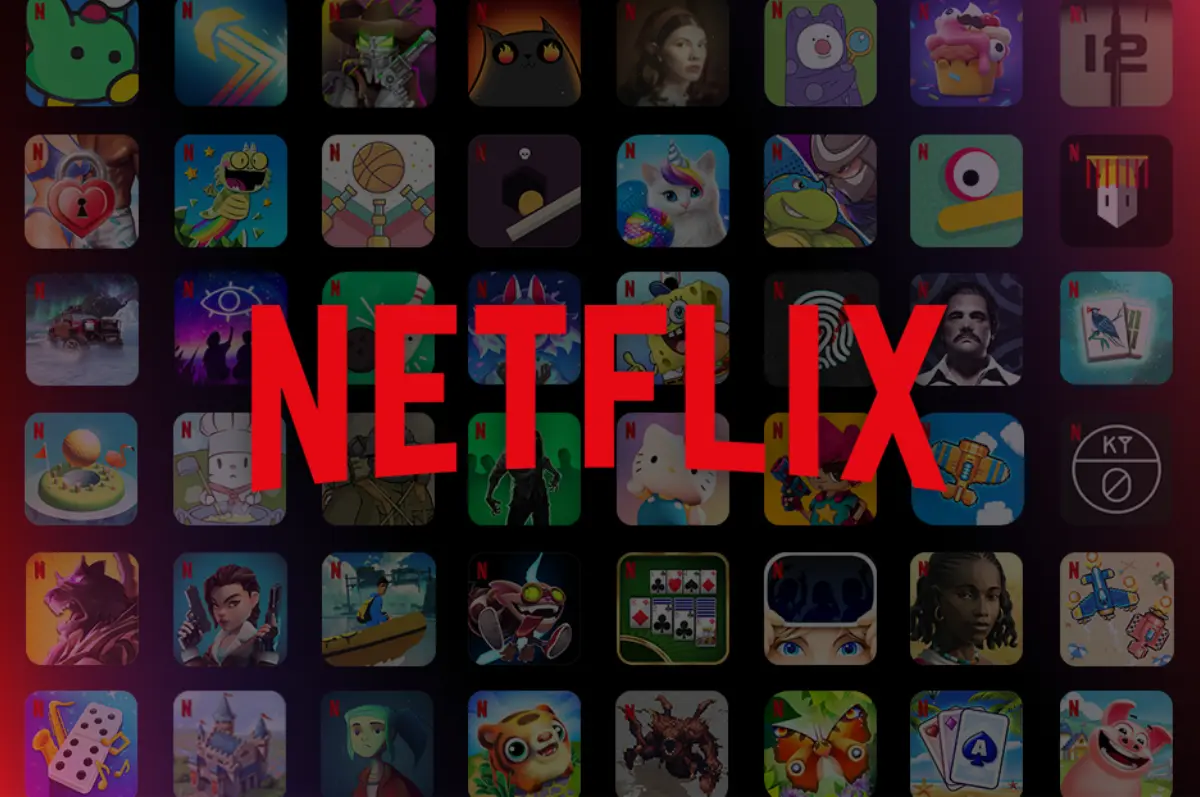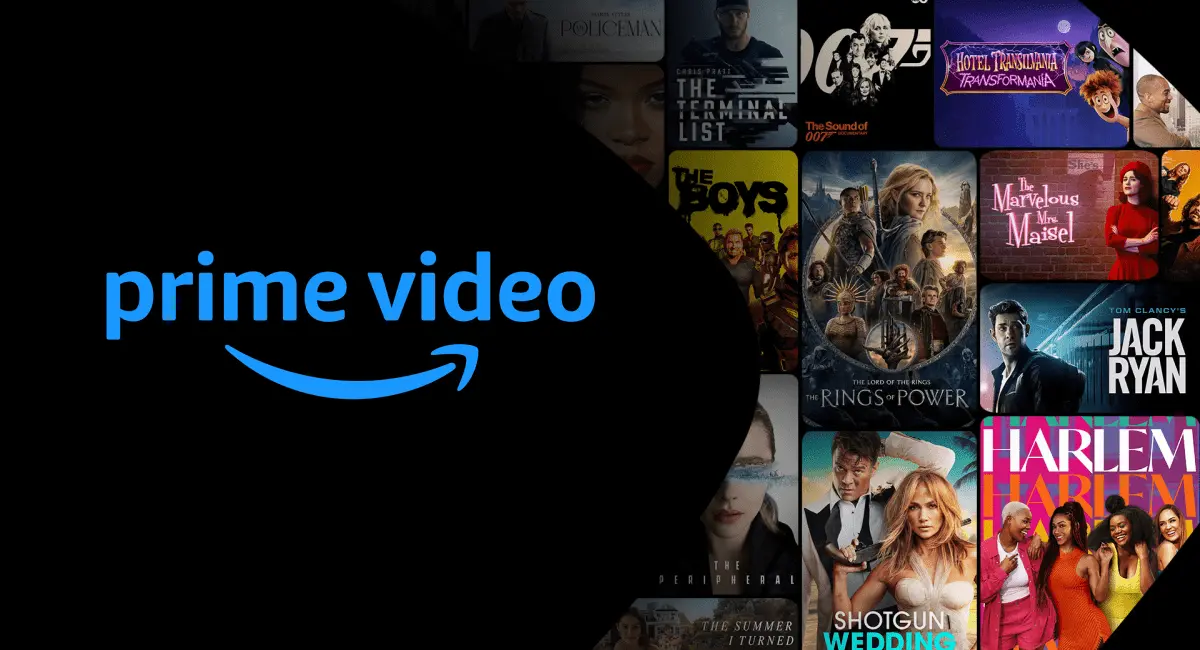The E-commerce Blog

Streaming Services: AI-Powered Recommendations
You sit down after a long day, open your favourite streaming app, and within seconds — there it is. A new show, tailored to your taste, that feels like it was made just for you.
This isn’t luck. It’s AI in streaming at work.
Artificial intelligence has quietly transformed how we find and enjoy entertainment. Gone are the days of endless scrolling and guesswork. Today, smart entertainment choices come to you — thanks to advanced algorithms that learn your viewing habits and deliver exactly what you’re in the mood for.
In this article, we’ll explore how AI powers content discovery across popular platforms, how it creates truly personalised content experiences, and why it’s reshaping how we watch, listen, and engage.
Why AI Matters in Streaming
With so many options across platforms like Netflix, Disney+, Spotify, and YouTube, choice can feel overwhelming. This is known as the “paradox of choice.” More options should mean more freedom — but instead, it often leads to indecision.
AI in streaming solves this problem by learning from what you watch, like, and skip. It filters the noise and presents relevant options so you spend less time choosing and more time enjoying.
What Makes Content Personalised?
Personalised content is the result of AI systems tracking, analysing, and predicting your preferences. This goes beyond genre or actor. AI looks at:
- What time of day you watch
- How long you stay on a show
- What you abandon after five minutes
- Whether you prefer action, romance, or plot twists
- Your mood (based on content tone or pace)
It then compares your habits to millions of other users and suggests titles that match your unique pattern.
How AI in Streaming Works Behind the Scenes

At the heart of AI recommendation engines are three main technologies:
1. Collaborative Filtering
This method finds users similar to you and suggests content they’ve enjoyed. If you liked Show A and others like you also liked Show B, you’ll probably enjoy it too.
2. Content-Based Filtering
AI analyses the attributes of shows or songs you like (e.g. genre, actors, tone) and recommends others with similar features.
3. Deep Learning and Neural Networks
Advanced systems use neural networks to detect complex patterns in your behaviour. These models adapt quickly and improve over time, especially when paired with real-time feedback.
Some platforms also use natural language processing (NLP) to read reviews, social media reactions, and plot summaries to enhance their suggestions.
Real-World Examples of Smart Entertainment Choices
Netflix

Netflix is a pioneer in AI in streaming. Its system tracks what you watch, when you watch, how often you rewatch, and how you rate content. It then uses this data to:
- Personalise recommendations
- Customise cover images based on your preferences
- Rank search results by predicted interest
For instance, if you tend to click shows with strong female leads, the same film may appear with a different promotional image than it does for another user.
Spotify
Spotify uses AI to build curated playlists like “Discover Weekly” or “Daily Mix.” It analyses:
- Songs you stream regularly
- Genres and artists you follow
- Skipped tracks
- Playlist additions
Then it recommends smart entertainment choices that align with your evolving music taste.
YouTube
YouTube’s recommendation engine is one of the most powerful and complex in the industry. It considers:
- Video watch time
- Likes, comments, and shares
- Channels subscribed to
- Devices used and time of day
This creates a homepage feed that’s uniquely tailored to each viewer, increasing engagement and keeping users on the platform longer.
Amazon Prime Video

Amazon blends your watch history with purchase and browsing data to fine-tune its suggestions. It also pushes personalised trailers and highlights to capture your interest before you even start browsing.
Benefits of AI-Powered Recommendations
1. Saves Time
No more endless scrolling. You get curated suggestions based on your tastes, cutting down the decision-making process.
2. Boosts Discovery
You find shows, songs, and creators you might never search for on your own — but end up loving.
3. Enhances Engagement
The more relevant the recommendations, the more likely you are to stay on the platform — and the more satisfied you feel.
4. Tailors Experience Over Time
AI doesn’t stay static. As your interests change, so do your recommendations, keeping your experience fresh and personal.
AI in Niche Streaming Platforms
While major services dominate, smaller platforms are also harnessing AI in streaming to deliver value.
CuriosityStream (Documentaries)
Suggests content based on scientific themes or historic eras you’ve watched.
MUBI (Art Films)
Curates a handpicked library and adjusts suggestions based on your reactions to similar films.
Tubi and Pluto TV (Free Streaming)
Use AI to serve personalised ads and suggest lesser-known films aligned with your preferences.
Even podcast apps and audiobook platforms like Audible and Pocket Casts now rely on AI to keep users engaged through smart entertainment choices.
AI and User Control: Can You Still Choose?
One concern with heavy personalisation is the “filter bubble” — where algorithms only show you content similar to what you already like.
However, most platforms now offer ways to guide your AI experience:
- Rate content you love or dislike
- Mark shows as “not interested”
- Explore “trending” or “editor’s picks” to break the pattern
- View history or disable tracking temporarily
Data Privacy in AI Streaming
With all this tracking comes the question of privacy. Platforms collect large amounts of data to personalise your experience.
To stay safe:
- Use platforms with transparent privacy policies
- Regularly check your account settings
- Limit permissions on connected apps
- Clear your history if you want a fresh recommendation profile
Remember, personalisation works best when it aligns with your comfort level around data use.
What’s Next for AI in Streaming?
The future of AI in streaming is even more personalised, interactive, and immersive. Here’s what’s coming:
Hyper-Personalised Storytelling
Interactive films where the AI tailors the plot in real time based on your reactions or preferences.
Real-Time Mood Tracking
Using wearable tech or device inputs (like screen brightness or movement), AI will recommend content that fits your emotional state.
Cross-Platform Personalisation
Watch a documentary on Netflix, hear the soundtrack on Spotify, and see similar book recommendations on Amazon — all connected by AI.
Voice-Guided Discovery
Smart TVs and assistants will use conversational AI to help you find content. Instead of scrolling, you’ll say, “Show me a crime thriller like the one I watched last week.”
Entertainment That Understands You
We no longer live in a world of one-size-fits-all programming. Thanks to AI in streaming, content now finds you — tailored to your tastes, habits, and curiosity.
Whether you’re discovering a new artist, bingeing a series, or tuning into your favourite podcast, AI is making those moments easier to access and more enjoyable. It’s not just about convenience — it’s about connection. When recommendations feel right, entertainment becomes more meaningful.









